ODE TO GRANTSVILLE'S GINKGO TREES
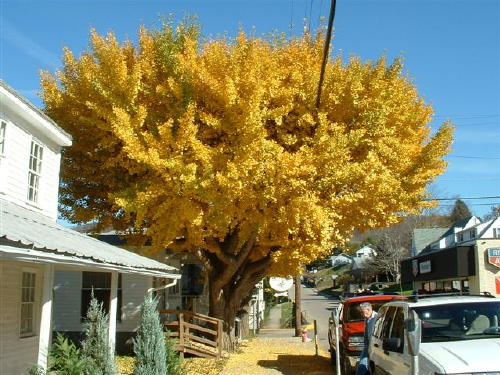
Photo courtesy of Terry Harris
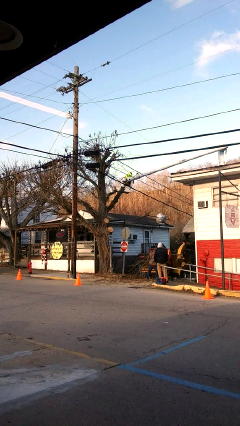
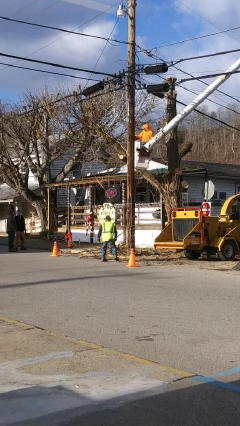
Photos courtesy of Debbie Griffin
Grantsville's over century old Ginkgo trees have been removed from the streets of Grantsville by the town, reportedly after creating some disturbance.
Planted by the Oles Family over a hundred years ago, they have graced Grantsville's Main Street, a connection to the greater life on earth. Oles brought the seeds back from China during World War I.
Many years ago, Gladys Weaver Stump, plucked a Ginkgo leaf from the Grantsville tree, having it dipped in gold and making a necklace.
Revered for its beauty and its longevity, the Ginkgo is a living fossil, unchanged for more than 200 million years, the oldest tree on earth.
Thousands of US streets are adorned by the Gingko, as a primary street tree, with elegant, fan-shaped leaves, foul-smelling fruits, and nuts prized for their reputed medicinal properties.
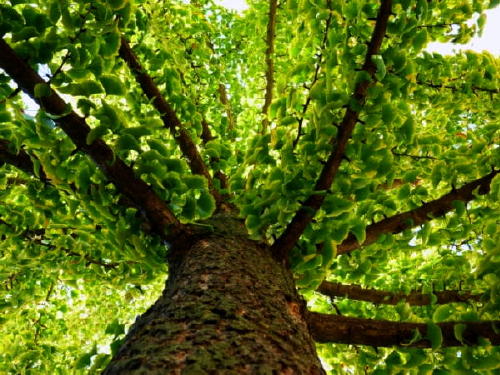
It is a tree that over centuries has made its way from China across Asia and around the world and today is found along streets everywhere from Seoul to New York, but no longer in Grantsville.
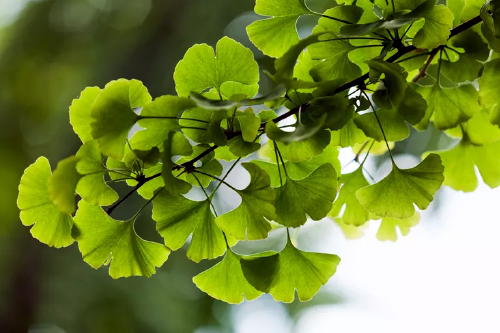
It's distinctive leaf (shown above) â once you see it, you donât forget it. Itâs thoroughly memorable.
Ginkgoes have long been valued for their healing properties, their medicinal properties, particularly for helping memory. And we see today Ginkgo being sold widely in health food stores.
Yale Botanist Peter Crane wrote, "Obviously, weâre evolved to live in the present, so weâre very focused on the short-term. One of our biggest shortcomings is that we canât see the long-term, and we see that in the way we respond to all kinds of environmental issues."
"So reflecting on a plant like Ginkgo that was around in very different ecosystems when the dinosaurs were on the planet, that has been around for hundreds of millions of years, really puts our own species â let alone our own individual existence â into a broader context."
Itâs a bit like those diagrams that you see, where thereâs a picture of the Milky Way and thereâs a little sign that says, âYou are here.â Well, itâs the same idea."
"Guess what? Weâre not at the center of everything. And guess what? The universe doesnât revolve around us. And guess what? Weâre only here for a short time, whereas some things have been here for a really long time. That ought to encourage us to take the long view as we think about our relationship to the natural world," Crane concluded.